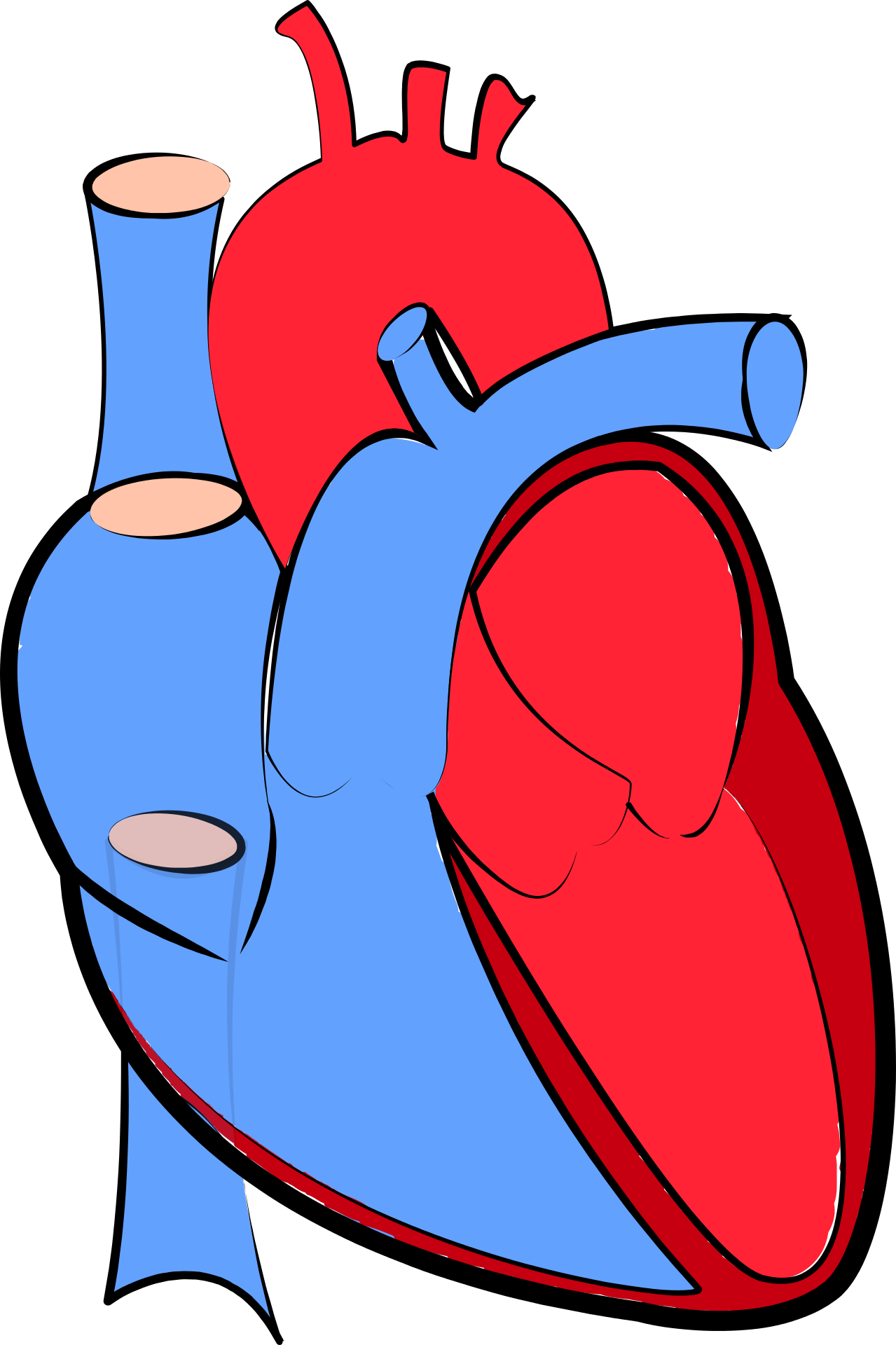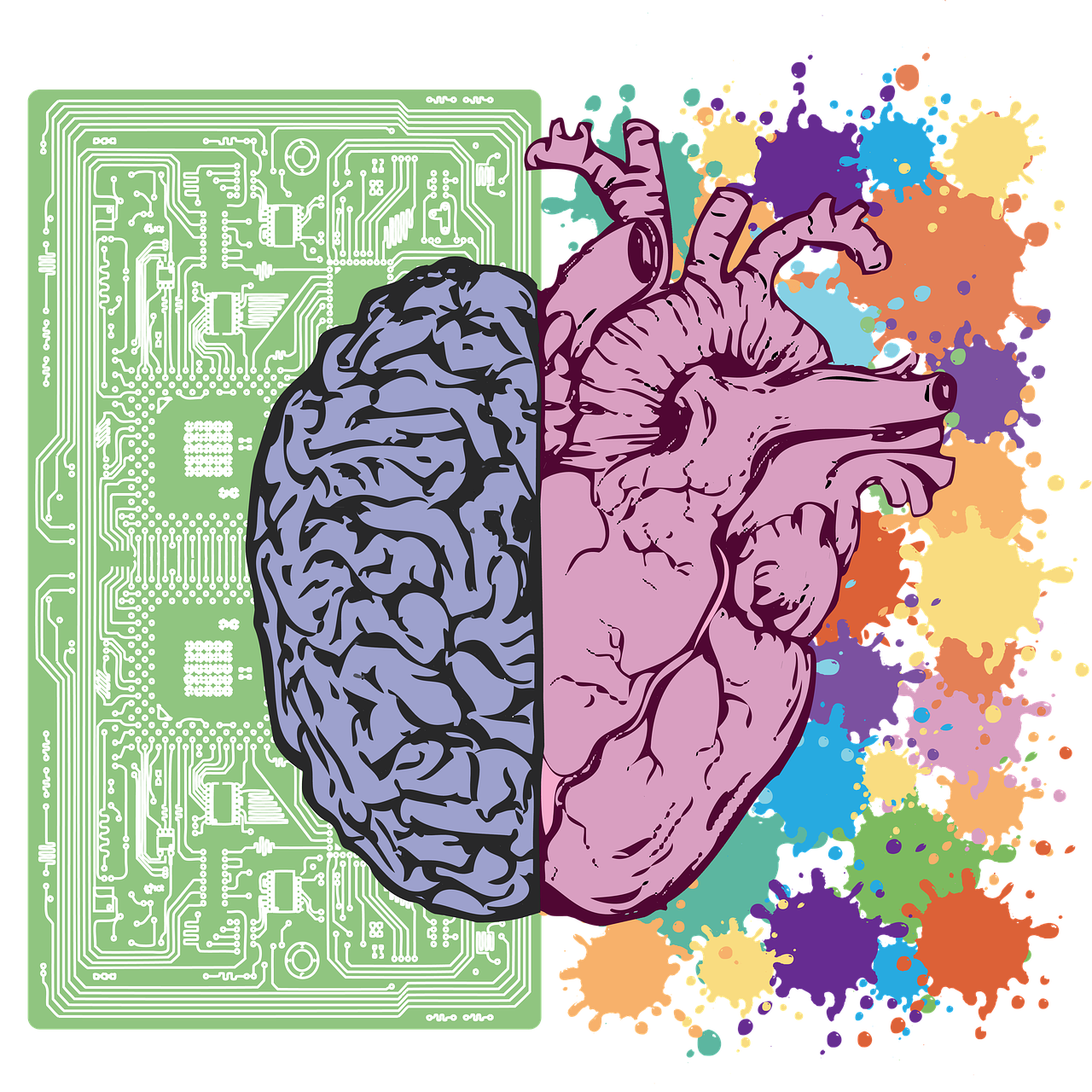Cardiovascular Health - How Does Exercise Affect Our Heart?
The health of the heart and blood arteries is referred to as cardiovascular health. Cardiovascular disease (CVD) refers to heart and blood vessel disorders, including coronary heart disease, stroke, heart failure, heart arrhythmias, and heart valve abnormalities.
Author:Suleman ShahReviewer:Han JuDec 24, 202211 Shares366 Views

Cardiovascular disease(CVD) refers to heart and blood vessel disorders, including coronary heart disease, stroke, heart failure, heart arrhythmias, and heart valve abnormalities.
Obesity is a complicated condition that affects whole-body metabolism and is linked to an increased risk of CVD and Type 2 diabetes(T2D).
Physical activity has several health advantages and is an essential strategy in the fight against obesity and its co-morbidities, such as cardiovascular disease.
Exercise reduces the start and progression of cardiovascular disease and is an essential treatment option for people with cardiovascular disease.
Exercise advantages include improved mitochondrial function, vasculature regeneration and enhancement, and the release of myokines from skeletal muscle that sustain or augment cardiovascular performance.
Cardiovascular Disease
The most significant cause of illness and mortality worldwide is cardiovascular disease (CVD).
Almost half of all adults in the United States have at least one CVD risk factor (i.e., high blood pressure, high cholesterol, or smoking).
Obesity-related CVD is becoming increasingly common.
This might happen due to a high-fat diet or obesity, leading to hypertension.
Atherosclerosis is the most frequent kind of CVD, and it develops slowly in response to long-term exposure to an unhealthy, sedentary lifestyle.
Obesity raises circulating levels of triglycerides and LDL cholesterol, causing tiny plaques to develop underneath the innermost surface of arterial walls.
How Exercise Improves Cardiovascular Health
A sedentary lifestyle is one of the risk factors that contribute to the development and progression of CVD.
Obesity and persistently low physical activity levels may indicate a sedentary lifestyle.
Thus, lifestyle therapies aimed at increasing physical activity and decreasing obesity are appealing therapeutic options for combating most non-congenital causes of CVD.
Exercise Reduces Cardiovascular Risk Factors
Regular physical activity has been linked to several health advantages, including reducing the growth and development of obesity, T2D, and CVD.
Many randomized clinical studies have proved that exercise and a balanced diet enhance cardiovascular health in at-risk individuals.
Independent of body weight changes, exercise may enhance metabolic and cardiovascular health, including better glucose homeostasis and blood pressure.
Regardless of body mass, exercise leads to considerable cardiovascular and metabolic health benefits.
A 16–20 percent increase in energy expenditure (of any exercise) with no diet intervention resulted in a 22.3 percent reduction in body fat mass in a one-year trial of non-obese persons.
Compared to inactive people, 7–9 months of low-intensity exercise dramatically improved cardiorespiratory fitness in overweight people.

Cardiovascular Disease Patients Benefit From Exercise
A comprehensive analysis of 63 trials showed that exercise-based cardiac rehabilitation increased cardiovascular function.
Exercise intolerance is a hallmark feature of heart failure, which resulted in bed rest for these patients until the 1950s.
Exercise-based rehabilitation at a moderate intensity improves cardiorespiratory fitness and boosts exercise endurance capacity and VO2max (12–31 percent increase) in heart failure patients.
One research discovered that aerobic exercise at 60–70% of heart rate reserve three-five times per week for three years increased health and overall quality of life.
Cardiovascular Health Mechanism Of Exercise
Several mechanisms mediate the effects of regular physical activity on cardiovascular health.
Exercise poses a significant challenge to whole-body homeostasis, causing general alterations in various cells, tissues, and organs in response to increased metabolic demand, including cardiovascular adaptations.
Exercise promotes mitochondrial biogenesis in adipocytes, skeletal muscle myocytes, and cardiomyocytes, resulting in increased aerobic respiration in these tissues.
Through vasodilation and angiogenesis, exercise enhances oxygen transport throughout the body, sparing the heart from ischemia-reperfusion harm.
Improving Mitochondrial Function And Biogenesis
Many of the advantages of exercise are due to mitochondrial changes occurring throughout the body.
The exercise-induced mitochondrial function increases significantly and reduces cardiovascular dysfunctions often caused by obesity.
Fatty acid absorption and utilization are reduced in heart failure, which likely contributes to the heart failure-associated shift toward glucose metabolism.
Insulin has been found to directly influence mitochondrial metabolism by boosting the activation of OPA1, a GTPase that regulates mitochondrial cristae integrity, energetics, and DNA maintenance.
Exercise-induced mitochondrial adaptations attenuate oxidative damage produced by ischemia-reperfusion, resulting in minor heart injury.
Improving Vasculature And Myocardial Perfusion
Exercise training causes vascular adaptations in a variety of tissues.
Increased vascularization in the heart protects against vascular stress and lowers the probability of a cardiac attack.
Exercise also promotes angiogenesis, although the mechanisms governing this process are unknown.
One research discovered that male rats that received ten weeks of exercise training after MI had enhanced Akt phosphorylation of eNOS and reactivation of cardiac VEGF pathway activity.
Reducing Chronic Inflammation
Obesity-induced immunological activation is especially concerning for vascular health.
Exercise reduces the expression of toll-like receptor 4 (TLR4) on monocytes and macrophages, which inhibits the development of atherosclerosis.
Exercise also reduces pro-inflammatory N-terminal pro-BNP and high-sensitivity C-reactive protein (hsCRP) levels in the heart.
Enhancing Inter-Tissue Communication Through Myokine Release
Skeletal muscle may function as a secretory organ following contraction by increasing particular myokines' generation, secretion, and expression.
Myokines are chemical messengers that impact crosstalk between organs such as skeletal muscle, liver, and adipose tissue in an autocrine, paracrine, or endocrine way.
They are of particular significance in cardiovascular health since the well-known beneficial effects of exercise on cardiovascular function are at least partly mediated by increased myokine production.
IL-6, myonectin, Fstl1, and NDNF are examples of myokines that influence cardiovascular health.
People Also Ask
What Are The 7 Factors Of Cardiovascular Health?
The American Heart Association has defined ideal cardiovascular health based on seven risk factors (Life's Simple 7) that people can improve through lifestyle changes.
These risk factors are a person's smoking status, the amount of physical activity they get, weight, diet, blood glucose levels, and cholesterol levels.
What Are The 5 Major Cardiovascular Health Problems?
The following are the five most common cardiovascular diseases:
- Myocardial infarction, more often known as a heart attack, is typically at the top of the list of cardiovascular disorders that affect people in the United States, both statistically and anecdotally
- Stroke
- Arrhythmia
- Heart Failure
- Complications Related to the Heart Valve
What Is Good For Cardiovascular Health?
Cardiovascular health may be improved by brisk walking, jogging, swimming, cycling, playing tennis, and jumping rope.
When medical professionals prescribe at least 150 minutes a week of moderate activity, they consider the kind of aerobic exercise that gets your heart pounding hard and fast.
What Are 5 Ways To Improve Your Cardiovascular Health?
Spend a few minutes familiarizing yourself with these five heart-healthy routines that will keep you going strong.
- Manage your blood pressure
- Take control of your cholesterol and triglyceride levels
- Maintain an appropriate body weight
- Exercise frequently
- Stop smoking
Conclusion
Obesity-related cardiovascular disease is on the rise, and it is often coupled with other co-morbidities such as type 2 diabetes.
Exercise decreases cardiovascular risk variables, and this reduction is independent of changes in body weight.
Exercise is also an important therapeutic option for persons suffering from cardiovascular disease.
Exercise is advantageous to cardiovascular health, but molecular mechanisms remain uncovered by its positive benefits.
More research into the molecular processes by which exercise improves cardiovascular function will develop medicines that may be used in combination with exercise regimens.
Exercise-induced myokines may be valuable targets for heart disease prevention and therapyand interventions for individuals who are unable or unwilling to exercise.

Suleman Shah
Author
Suleman Shah is a researcher and freelance writer. As a researcher, he has worked with MNS University of Agriculture, Multan (Pakistan) and Texas A & M University (USA). He regularly writes science articles and blogs for science news website immersse.com and open access publishers OA Publishing London and Scientific Times. He loves to keep himself updated on scientific developments and convert these developments into everyday language to update the readers about the developments in the scientific era. His primary research focus is Plant sciences, and he contributed to this field by publishing his research in scientific journals and presenting his work at many Conferences.
Shah graduated from the University of Agriculture Faisalabad (Pakistan) and started his professional carrier with Jaffer Agro Services and later with the Agriculture Department of the Government of Pakistan. His research interest compelled and attracted him to proceed with his carrier in Plant sciences research. So, he started his Ph.D. in Soil Science at MNS University of Agriculture Multan (Pakistan). Later, he started working as a visiting scholar with Texas A&M University (USA).
Shah’s experience with big Open Excess publishers like Springers, Frontiers, MDPI, etc., testified to his belief in Open Access as a barrier-removing mechanism between researchers and the readers of their research. Shah believes that Open Access is revolutionizing the publication process and benefitting research in all fields.

Han Ju
Reviewer
Hello! I'm Han Ju, the heart behind World Wide Journals. My life is a unique tapestry woven from the threads of news, spirituality, and science, enriched by melodies from my guitar. Raised amidst tales of the ancient and the arcane, I developed a keen eye for the stories that truly matter. Through my work, I seek to bridge the seen with the unseen, marrying the rigor of science with the depth of spirituality.
Each article at World Wide Journals is a piece of this ongoing quest, blending analysis with personal reflection. Whether exploring quantum frontiers or strumming chords under the stars, my aim is to inspire and provoke thought, inviting you into a world where every discovery is a note in the grand symphony of existence.
Welcome aboard this journey of insight and exploration, where curiosity leads and music guides.
Latest Articles
Popular Articles